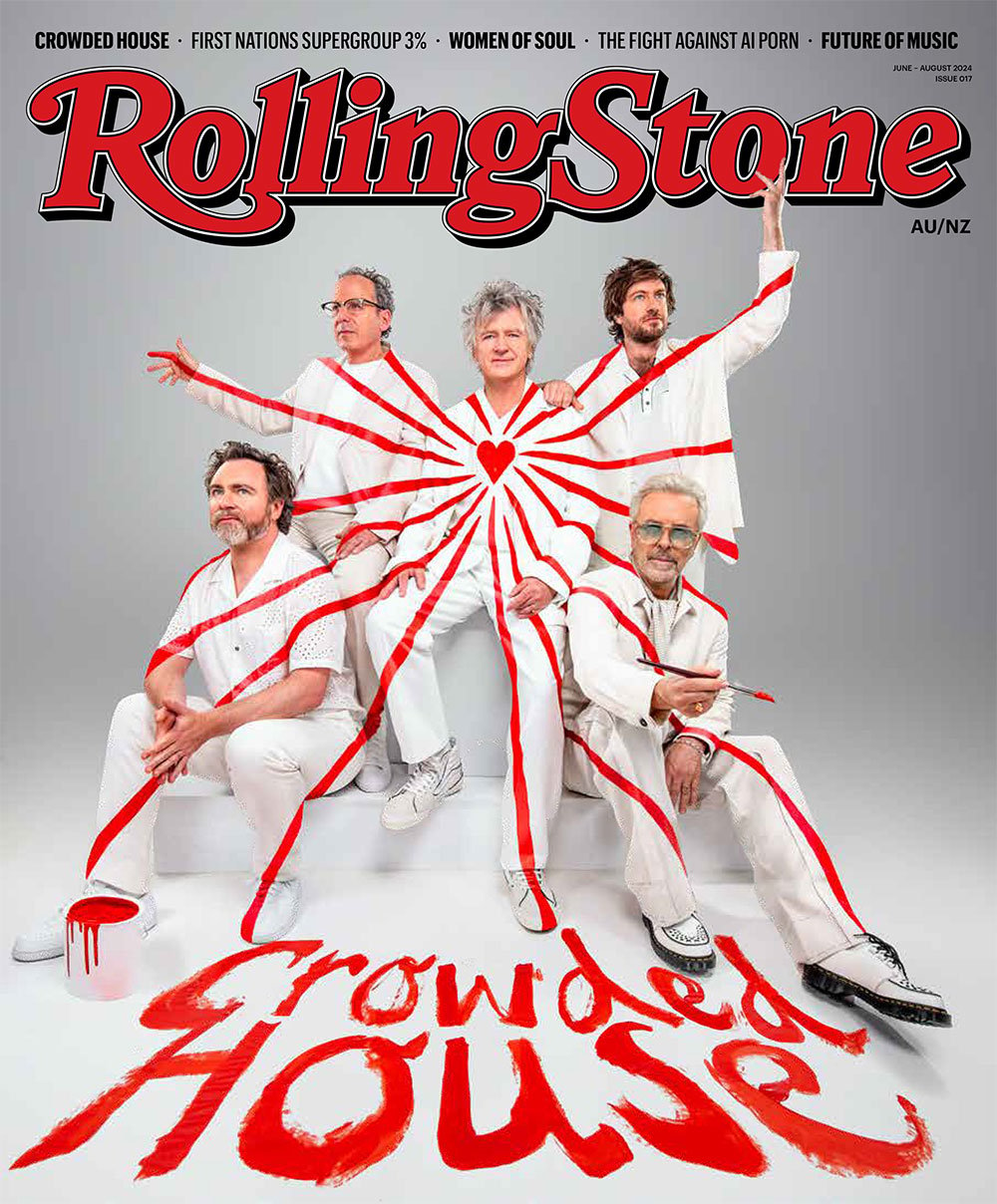The first lesson I’m taught upon landing in Launceston is how to say the city’s name: Lon-ceston. The information is quickly dispatched by the jovial driver who picks me up from the airport after I make the mistake of pronouncing it Lawn-ceston, but he ends his admonishment by assuring me that with this rectified I’ll be considered a local. Luckily it’s not the same driver who, later that morning, is tasked with taking me to a National Park an hour away – Lord knows how many lessons I’d have been subjected to in that time.
The thing that strikes you about Launceston is how quickly the city of 98,000 people gives way to rolling hills and dense forest. Never before have I seen so many lambs lying next to their parents in green rolling fields, giving rise to both a warm, fuzzy feeling and a twang of guilt about the meal I’ll likely choose for dinner this evening.
The reason for the trip to Ben Lomond Park – an area which, according to the Tasmanian Parks & Wildlife Service, consists of an outstanding variety of glacial and periglacial features which are considered of national significance – is to witness what’s been billed as a world first in technology and innovation: an instrument that transforms live environmental and meteorological readings into a musical symphony. In other words, an instrument that takes every day weather – wind, rain, changes in temperature and light – and converts it into music.
It’s dubbed the Meteorphonium – or, to use its full name, the James Boag Meteorphonium, for the project was commissioned by the Tasmanian brewer in an abstract attempt to celebrate the way in which it transforms ingredients from the state’s rugged environment into premium beer. The instrument was created by award winning British composer, artist and audio specialist Nick Ryan, with the assistance of a team of engineers.
Constructed from scratch over a three month period in London and transported to Australia with the aid of the most gentle baggage handlers in existence, the main body of the instrument contains nine hand made bronze singing bowls arranged in a large semi-circle; a metal cylinder at the centre of the instrument with eight tuned keys or “tongues”, each of which, when struck, produces a single note of a pentatonic scale; and two analog synthesisers. Data inputs from a weather station, including wind speed, humidity and atmospheric pressure, stimulate the mechanical movements of the instrument to create a symphony of drumming and chiming.
The whole thing is housed within a circular frame made of Tasmanian Oak, 1.7 metres in diameter. It weighs around 300 kilograms, and looks like it may have flown in from space.

Artist Nick Ryan.
All of this is explained in a Q&A session with the amiable Ryan when I arrive at the end of a dirt track, roughly one kilometre into Ben Lomond Park, but is hard to visualise or make sense of without seeing it in action. Shortly after we stroll 50 metres up an embankment, and Ryan grabs a glass jar hanging from a tree that, with its confabulation of wires, could be (and was) mistaken for a bomb when going through Customs. He explains that this, one of eight independent satellites hovering around the Meteorphonium, measures the light; as it grows brighter, so the sound the instrument makes intensifies. It all seems mind-bendingly bonkers until, that is, I turn a corner and, amidst the din of the wind whistling through the trees, start to hear bells chiming and a vague symphony of drums and rhythms cascading through the air.
A few more metres and there, in a clearing, sits the Meteorphonium, its bronze bowls singing as they were intended, while the “tongue drum” hammers out a rhythm that, thanks to the four speakers positioned to the north, south, east and west, completely engulfs you. It is, frankly, a spellbinding noise, made all the more so by the stunning Tasmanian wilderness in which it’s set.
“It was basically an empty instrument when we brought it [from London],” explains Ryan, “so I composed all the music [in Tasmania].”
For Ryan, that meant sampling a variety of sounds – the bottling plant at the Boags factory, a stream metres from where the Meteorphonium now sits, the rushing snow melt from the top of a mountain to the north – all of which appear in the mix when the wind direction exceeds a particular speed. The hammers in the tongue drum, meanwhile, produce interlocking polyrhythms and melodic patterns that grow in complexity and volume as wind speed increases, while the hammers and rotational motors that make the bronze bowls chime play in various configurations when changes in temperature and humidity occur.
“I think it would have sounded very different if [I’d composed it] in London,” adds Ryan. “It might have sounded a bit more electronic. But we wanted it to sound natural and quite meditative as well, because of this place. It feels quite reflective.”


To stand in the middle of the speakers is to be overwhelmed by an immersive concoction of chiming bells, at-times chaotic rhythms and a complex mix of sampled sounds – you imagine this is what it must be like in Bjork or Thom Yorke’s head. There are no discernible hooks or patterns to the music, but as the wind picks up or the light grows brighter, so the Meteorphonium starts to produce a more intense sound. When the wind ceases it reaches stasis, meaning that the rhythms die off and the bowls are struck in intervals derived from prime numbers – seven seconds, 17 seconds, 27 seconds and so on.
“It’s very mathematical,” says Daniel Jones, one of the British engineers who developed the instrument’s software. “I think the thing that fascinates both me and Nick about music and composition is that it’s [really got] maths at its basis.”
“The point of this is to try and develop music that reacts to us,” says Ryan. “The music itself can be completely indeterminate, but not random. This isn’t random,” he says, gesturing at the music filling the air, “but the combinations that happen [are]. That’s a really exciting thing, because you can create a rulebook which is the score, and then let it go.
“The first time we played weather data through the Meteorphonium,” he smiles, “it came alive. It was really incredible.”





































